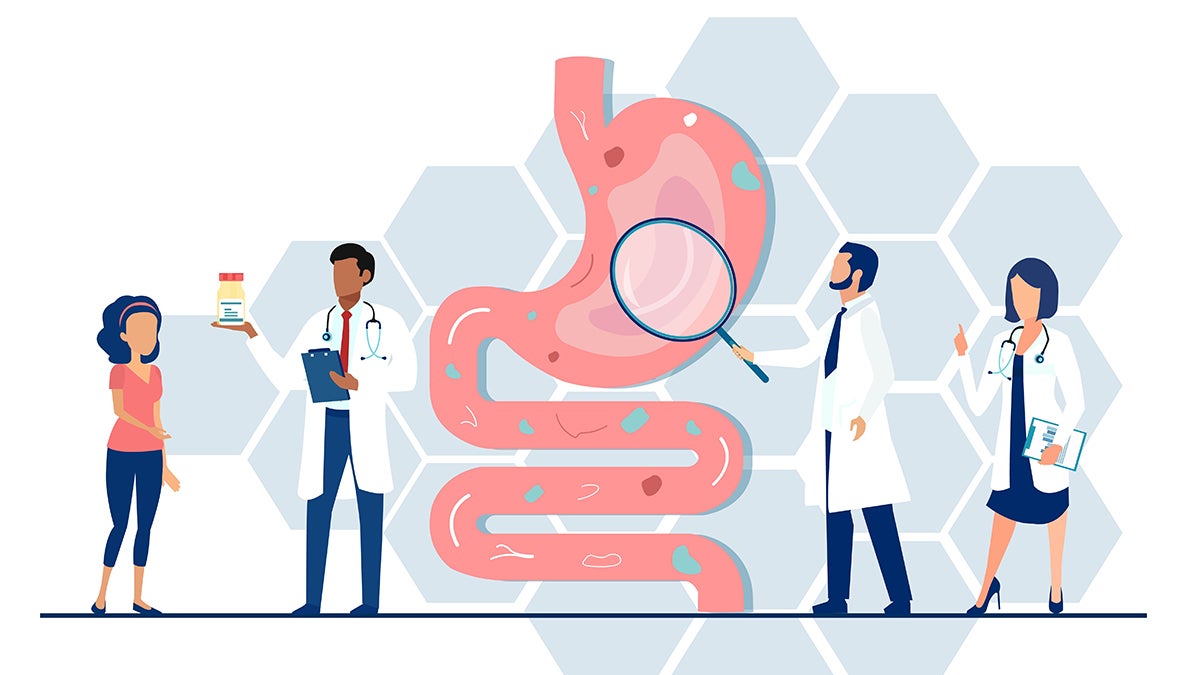The Role Of Immunotherapy In Treating Pancreatic Cancer: An Overview
Pancreatic cancer is a form of cancer that occurs when cells in the pancreas outgrow control and develop into abnormal tumors. With an estimated 5-year survival rate of just 10%, it’s the most fatal form of cancer. In this article, we’ll review the causes, signs as well as treatment options, and strategies to decrease your chance of developing pancreatic cancer.

Causes
Although the exact cause of pancreas-related disease is not clear, however, a number of risk factors have been recognized. Toxicology is the primary risk factor for pancreatic cancer. People who smoke are twice to three times more likely to contract it than those who don’t. The age of the person, their family history of pancreatic cancer, obesity, acute and chronic pancreatitis, as well as certain genetic changes are all risk factors.
Symptoms
Pancreatic cancer typically does not produce any symptoms in its initial stages, which makes it difficult to recognize. It may cause symptoms such as:
Abdominal pain radiating into the back
Insomnia and weight loss
Jaundice (yellowing eyes and skin)
Nausea and vomiting
Fatigue
These symptoms should be reported to your doctor immediately. Early detection is the key to successful treatment.
Diagnosis
A variety of tests may be requested by your physician should they suspect you are suffering from a pancreatic disease. You might need imaging tests, such as CT scans as well as MRI scans, along with the procedure of taking small amounts of tissue for analysis.
Treatment
The stage and the location of pancreatic cancer with the patient’s overall health will determine treatment options. The most common treatment options include surgery, chemotherapy, and radiation treatment.
Surgery is the primary treatment for pancreatic cancer particularly if the tumor is located in the head of the pancreas. Surgery is designed to eradicate the cancerous tumor and its surrounding tissue. Surgery may not be possible if the tumor is located within the tail or body of the pancreas.
Chemotherapy, a type of cancer treatment, uses medications to kill cancerous cells. It is typically used in combination with surgery or radiation therapy. Chemotherapy is administered intravenously or by mouth. It can cause nausea, vomiting, and hair loss.
Radiation therapy makes use of high-energy radiation to kill cancerous cells. It can be utilized alongside chemotherapy or surgical procedures. Radiotherapy can cause discomfort to the skin as well as fatigue.
Reducing your risk
There is no definitive way to prevent pancreatic cancer There are a number of actions you can adopt to decrease your chance of developing it. They include:
Stop smoking: quitting smoking is the best thing you can reduce your risk of developing pancreatic cancer.
Weight loss and healthy weight maintenance could increase the chance of getting pancreatic cancer.
A healthy diet by eating a balanced diet of vegetables, fruits, and whole grains could help lower your risk of developing pancreatic cancer.
Limiting alcohol consumption is linked to a higher risk of pancreatic cancer.
Managing chronic conditions: If you have a chronic condition such as pancreatitis or diabetes, working with your doctor to control the condition can help reduce your chance of contracting.
Pancreatic Cancer is a grave disease that requires aggressive treatment as well as early detection. If you notice any signs of pancreatic cancer, then it’s crucial to visit a physician as soon as possible. By understanding the risk factors and taking measures to minimize your risk you can manage your health and lower your chance of developing this fatal cancer.
For more information, click donate to early detection pancreatic cancer
